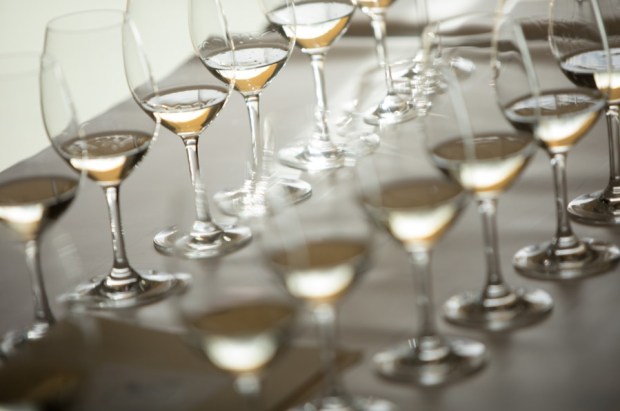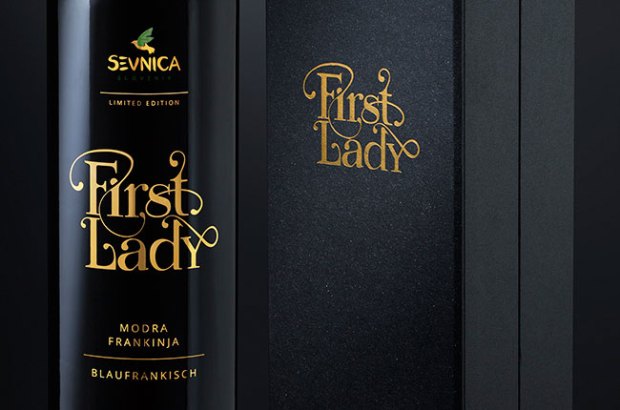Cameron Douglas MS explains the locations, flavours and characteristics of Old World vs New World wines…
Why is a Cabernet red blend wine from France mostly recognisable, yet different from the same style from the USA? Why does a Riesling from Germany taste so distinctive and mineral-like compared to the same variety from Australia?
There is, or should I say was, a clear difference between the concepts of an Old World wine style and New World wine style. So, what is that difference? Well, it begins with place, then soil, followed by winemaking and tradition…
Old World
The ‘Old World’ refers specifically to the countries around Europe that have been producing wine for several hundreds (sometimes thousands) of years. These include France, Italy, Spain, Portugal, Germany, Austria, Georgia and Switzerland.
Interestingly, China is not included in that group, even though they have been fermenting grapes into wine for several thousand years.
According to a lecture I went to recently in Macau, table grapes have been a staple crop in China and the lines between what was eaten raw and what was fermented into wine are a little blurred. China gave the world paper, perhaps they gave us wine too?
Back to France and the other countries – the wine made in these nations were crafted and perfected using traditional approaches to growing, harvesting and fermenting, that included 100% hand-tendered vines, hand-harvesting, foot stomping of the fruit or rudimentary crushers, oxygen rich fermentations, and ageing vessels, such as barrels and bottles. Sounds very old indeed!
That said, these were growers and producers that would adapt quickly to the new technology of the day, and still do.
The key philosophy underpinning the hands-on growing and fermenting ways was to harness the sense of place in the finished wines, the ‘terroir’, if you like.
As these ideas were handed down to the next generation, they were ingrained in the ethos and understanding of preserving the old ways into wines of character and style.
Science and technology in the 20th century meant there became better ways to tend to vines and harvest and ferment grape juice into cleaner wines, yet maintain the character and finesse of old.
The signature of these wines were cemented into styles that could make them recognisable by colour, aroma and taste. These wines were often driven by the smells of soil, earth, mineral, then fruit and wood.
Indigenous ferments were often ‘normal’. So, less fruit and more earthy or mineral, higher acidity and more distinctive tannins helped to define and Old World style.
New World
New world wines, by contrast, were quite different when countries such as the Americas, South Africa, Australia and New Zealand started making wine.
The grapes used to make these wines were imported from Europe (France mostly), so there were inherent similarities to the fruit and taste profiles, yet the structure and overall profile was different.
The key differences were wines that were fruiter, less of a sense of place or soil, more wood flavours and cleaner styles overall.
How was this possible? Well, technology for one. Stainless steel tanks, controlled fermentation temperatures, the use of specialised yeasts, experimentation with barrel sizes and inputs into vineyards, such as sprays and equipment.
This all made for a more mechanised and cleaner, more efficient and industrial, wine production.
Not all of it was like this, of course, yet when wine suddenly became more popular than beer or spirits, the rush to plant and get on the wine bandwagon was rushed.
Some incredible wines were also made with fruit-centric flavours, more obvious wood flavours, less impact from tannins and acidity, yet still defined and different from their Old World counterparts.
Blurring the lines
The lines between these two concepts, though, are now blurred.
European wine producers have had to ease off some of the traditional flavour profiles to take advantage of modern technology and make more ‘international’ styles, holding onto as much of the past as they can yet stay competitive.
I have tasted many wines recently that are unmistakably Old World (ish) in style. New-world wine makers are using less interventions, sprays, super-clean winemaking techniques and precision, in favour of grasping the sense of place aspects in their wines, such as minerality and earthiness, using less new wood and favouring indigenous ferments. Just like the Old World did first.
Today, there remain wines that can only be from ‘that’ place, Barolo from northern Italy is one such example.
There are also many wines that are hard to tell where they come from, yet taste fantastic, they could be French, German, American, Chinese or New Zealand in origin.
The bottom line is this, selling wine is getting tougher, not easier. Growing styles that capture consumers interest and encourage them to buy a case is an even bigger challenge than before.
The world of wine is here to stay, yet it is amongst many categories of beverages that appeal to different age groups and demographics. The world is getting bigger yet smaller simultaneously.

Cameron Douglas is New Zealand’s first and only Master Sommelier. An experienced wine commentator, judge, reviewer, presenter and consultant, he is the Beverage Director & Group Sommelier for Rodd & Gunn and is the Patron of the New Zealand Sommeliers and Wine Professionals Association. Formerly academically in charge of the Wine & Beverage Programme at AUT in Auckland, Douglas has also consulted to a variety of establishments, taking care of their wine lists, wine and food pairings, and staff training matters, and he currently serves on the Board of Directors for the Court of Master Sommeliers Americas.
How to catch up with The Shout NZ…
Online, updated daily with its own unique content and breaking news.
Our weekly newsletter – free to your inbox! Subscribe here.
We are also on Facebook and Instagram!





